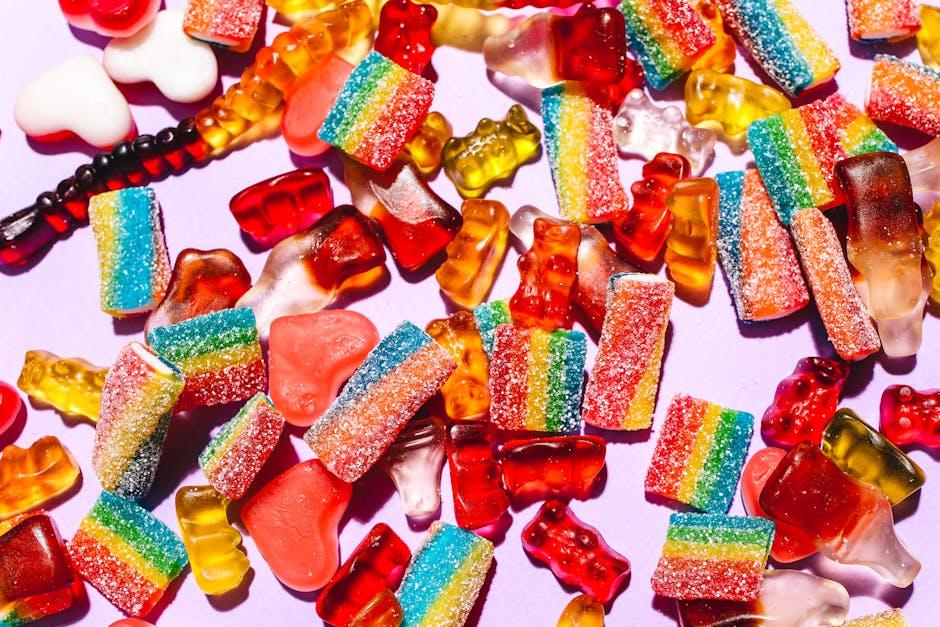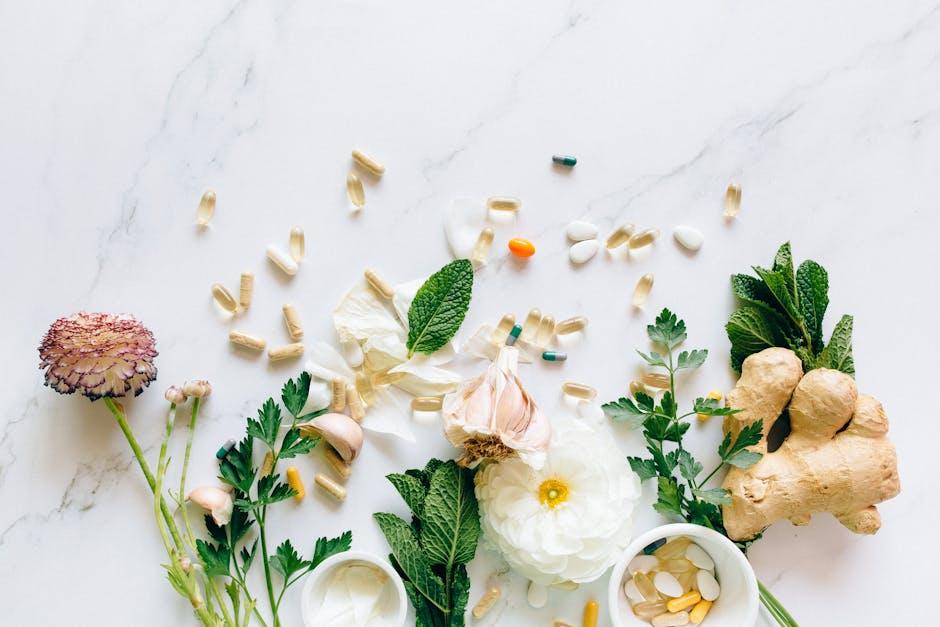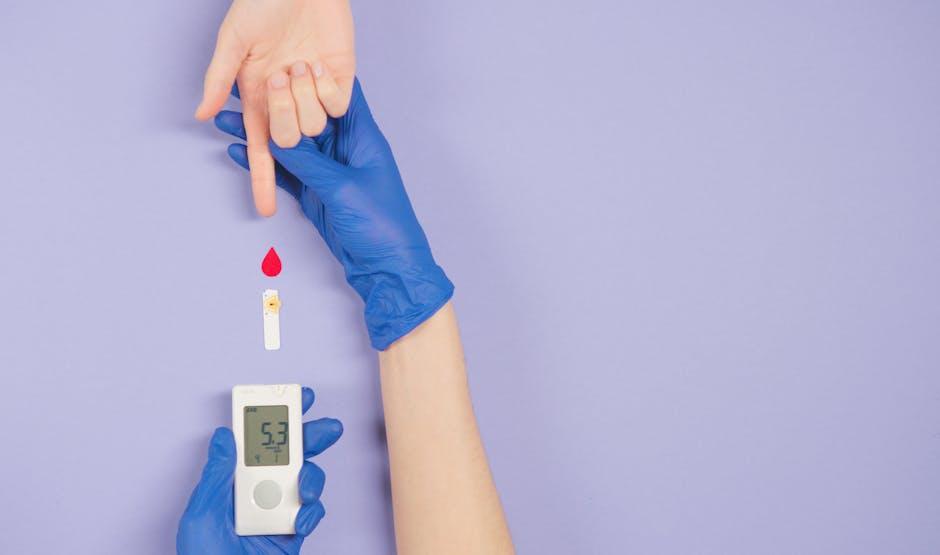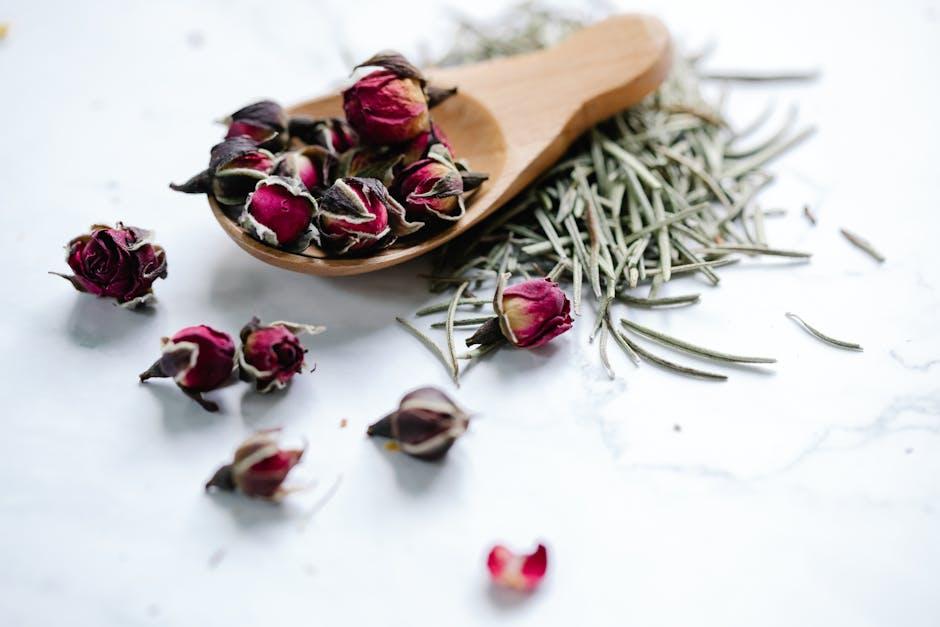Cranberry sauce tends to be a staple for holiday meals. And since cranberries are only in season and widely available for a small window of time in the late fall and early winter, it’s no wonder their appearance is usually warmly received.
Because cranberries are naturally quite tart, cranberry sauce is cooked with a large amount of sugar added to it, especially the canned varieties. This may leave people with diabetes wondering whether this Thanksgiving favorite is something they can have.
The good news is that you absolutely can enjoy cranberry sauce if you have diabetes. Read on for more information on how to do it in a healthy way.
How Cranberry Sauce Affects Blood Sugar
People with diabetes have unique considerations to take into account when consuming carbohydrates. As the body’s preferred source of fuel, carbohydrates are an essential part of a healthy diet. But different types of carbs can impact blood sugar levels differently.
Cranberries contain naturally occurring sugars. On their own, they supply about seven grams of carbohydrates per half-cup serving, according to the USDA.
Cranberries offer plenty of health benefits, including reduced inflammation and disease risk, in part, because they’re high in antioxidants and polyphenols. Regularly eating cranberries has been linked with a stronger immune system—thanks to their vitamin C content—and a healthier heart—due to their ability to reduce inflammation and lower cholesterol. The fiber in cranberries provides food for your beneficial gut bacteria, helping them thrive. And yes, it’s true. Cranberries can help prevent urinary tract infections (UTIs) in some people by preventing bacteria from attaching to the bladder wall.
Most cranberry sauce recipes try to balance the natural tartness of the cranberries by adding sugar—with some recipes calling for over one cup of sugar per 12-ounce bag of cranberries. According to the USDA, this amount of added sugar can take the same half-cup serving of cranberries to over 23 grams of carbs.
Eating large amounts of added sugar can cause your blood sugar to spike as a result of the excess glucose in the bloodstream. For people without diabetes, this would trigger the pancreas to secrete insulin, which allows the cells to uptake the glucose, removing it from the bloodstream and counteracting this spike.
But people with diabetes have difficulty secreting insulin or their cells do not respond to the insulin, depending on the type of diabetes that they have. In either case, the elevated glucose in the blood is not rapidly taken in by the cells. This can result in hyperglycemia—high blood sugar. Over time, hyperglycemia can result in damage to the kidneys, eyes, feet, hands and heart.
How to Enjoy Cranberry Sauce when You Have Diabetes
If you are a proud member of the cranberry sauce-loving crowd, we would never tell you that you can’t enjoy this classic sweet-tart dish on top of your turkey at Thanksgiving. The best solution for those who want to promote healthy blood sugars is to make your own sauce if you’re able. This allows you to have control over how much sugar is added. Try our recipe for The Best Homemade Cranberry Sauce or get creative and make your own version by adding different spices or citrus peels.
If a recipe calls for one cup of sugar per 12-ounce bag of cranberries, try cutting the sugar in half, then taste and see what you think. Add a cinnamon stick or other spices like star anise or cloves while your cranberries are cooking for even more flavor. Finish your sauce with some freshly zested citrus for natural sweetness and to boost the flavor without added sugar.
You can also try using a sugar substitute. Be mindful, though, that over-consuming sugar substitutes can lead to unsavory effects like digestive distress—although newer sugar substitutes, like allulose, seem to be safer than some of the older ones, including sugar alcohols. Just remember that it’s always wise to talk to your healthcare team before trying something new.
You could also consider taking a smaller serving at the family gathering. A tablespoon or two on top of your turkey can help you enjoy the flavor without overdoing it. Plus, you can always go back for seconds if you finish your initial serving and are hungry for more.
When it comes to the things on your plate, “be mindful of your portion size and make sure to eat [cranberry sauce] as part of your meal that also has fat, fiber and protein,” says Mary Ellen Phipps, M.P.H., RDN, LD, author of The Easy Diabetes Cookbook. These nutrients can help slow down how quickly carbs are digested so they raise blood sugar levels more steadily rather than sharply spiking them.
The Bottom Line
If you have diabetes, you can still enjoy cranberry sauce—just with a few considerations. First, most traditional cranberry sauces have lots of added sugar, so offer to make it yourself for the holiday gathering so you can control how much is added. Or, only take a small amount—about one or two tablespoons—and pair it with the turkey and vegetables for a balanced meal. Having diabetes doesn’t mean you can’t enjoy traditional holiday foods. Instead, find creative ways to enjoy them that meet your personal preferences and your nutritional goals.







:max_bytes(150000):strip_icc()/cranberry-sauce-with-chile-and-ponzu-31365f0de24b4bb980c3463099f4e1eb.jpg)



